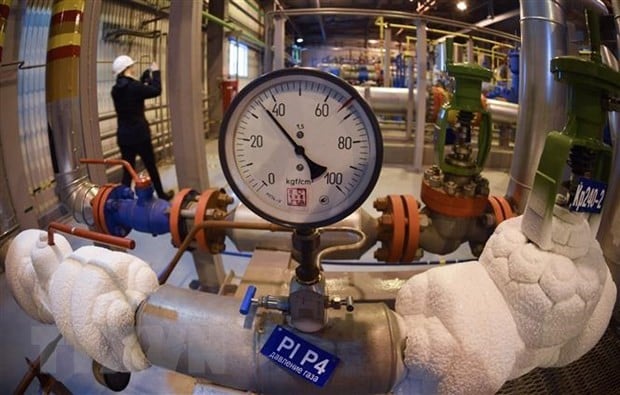 |
| Inside the Bovanenkovo gas supply facility on the Yamal Peninsula, Russia. (Source: AFP) |
According to author Kieran Thompson in a recent article on hinrichfoundation.com , since Russia launched a special military operation in Ukraine (February 2022), Western countries and their allies have imposed a series of unprecedented energy sanctions on Moscow. Despite this, Russia continues to export large amounts of natural gas to the world, providing the Kremlin with a significant source of revenue.
Russia actively blocks gas flow
Unlike oil, Russia’s gas exports have so far not been subject to severe Western sanctions. Aside from restrictions on liquefied natural gas (LNG) production technology, which could have a lasting impact on Russia’s future production capacity, the country’s gas is largely free to be sold to any customer.
Instead of formal sanctions, European Union (EU) countries have sought to wean themselves off Russian gas, with Germany often cited as a successful example of shunning Moscow's fuel.
Yet Germany's success has arguably been driven more by Kremlin decisions, such as the suspension of exports via the Nord Stream 1 pipeline (the main pipeline carrying gas from Russia to Germany), than by EU actions.
It was Moscow that imposed the restrictions on its gas exports, not the EU or the West. Russia clearly wants to use the refusal to export gas as a means of weakening the EU. However, the reality is that Moscow has not found many alternative customers for the European market, which imports large amounts of gas from Russia.
Interdependence
Cheap Russian gas is one of the mainstays of Europe's heavy industry, and countries on the continent have relied on Moscow's gas pipeline for nearly half of their total supplies.
At the start of the conflict in Ukraine, 10 EU countries relied on Russian gas for more than 75% of their imports, while there were few alternative gas supplies for the union.
On the other hand, Russia is of course also dependent on the EU as an export market. In addition to gas pipelines to the EU, Moscow’s alternative is to try to sell as much of its gas as possible to new markets.
To achieve this goal, natural gas must be exported in liquid form (LNG). This involves cooling it to minus 162 degrees Celsius, loading it onto specialized tankers and selling it to users with import terminals equipped to unload it.
Russia’s challenge is that there are few LNG import terminals globally from which to ship its gas, and the current global LNG tanker fleet is insufficient to transport volumes comparable to Russia’s pre-conflict sales to Europe.
In this context, to replace Russian gas, the EU, led by Germany, the largest gas consumer in the bloc, has been looking for alternative sources of supply. The bloc has imported more gas by pipeline from Azerbaijan and Norway, introduced policies to reduce consumption, and increased LNG imports from all sources by more than 60% in 2022 compared to 2021. In addition, the country has also increased its gas supply from renewable energy.
While the measures are clearly aimed at reducing demand for Russian gas, Moscow remains the second-largest supplier of LNG to the 27-nation bloc, a dilemma for both Russia and the EU.
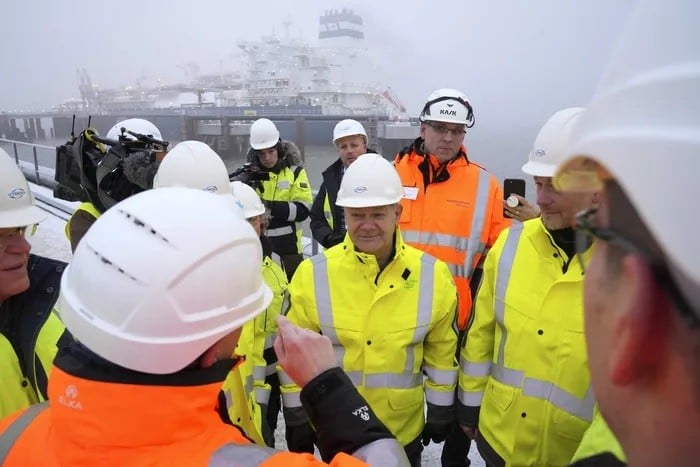 |
German Chancellor Olaf Scholz attends the inauguration of the country's first LNG receiving facility in the port of Wilhelmshaven, northern state of Lower Saxony, on December 17, 2022. (Source: AP) |
The Kremlin wants to use Europe's demand for Russian gas to punish the bloc, while the EU wants to stop buying gas to cut off Russia's revenue.
This interdependence is too great to be broken overnight, which limits the EU’s ability to influence Russia’s military campaign in Ukraine.
Currently, non-Russian pipelines do not have enough capacity, and Europe does not have enough LNG import terminals to access alternative sources in the necessary volumes. Although the EU is building new LNG import terminals, this process typically takes several years.
Meanwhile, Russia is also stuck with the EU. Unlike oil, Moscow faces significant constraints in diverting gas exports to volumes equivalent to those it previously supplied to the EU.
China is seen as a potential market, but the current Power of Siberia pipeline is relatively small and cannot be expanded without a major overhaul. Russian President Putin has long supported a new pipeline connecting the two countries.
Russia’s gas sales are expected to fall to 136 billion cubic metres (bcm) in 2023 from 241 bcm in 2021, due to restrictions on pipeline gas exports to the EU. But despite the significant drop, gas exports still bring in billions of dollars in revenue for the Kremlin.
Analysts say that energy sanctions in general and gas sanctions in particular will not have a significant effect in reducing Russia's revenue.
Source








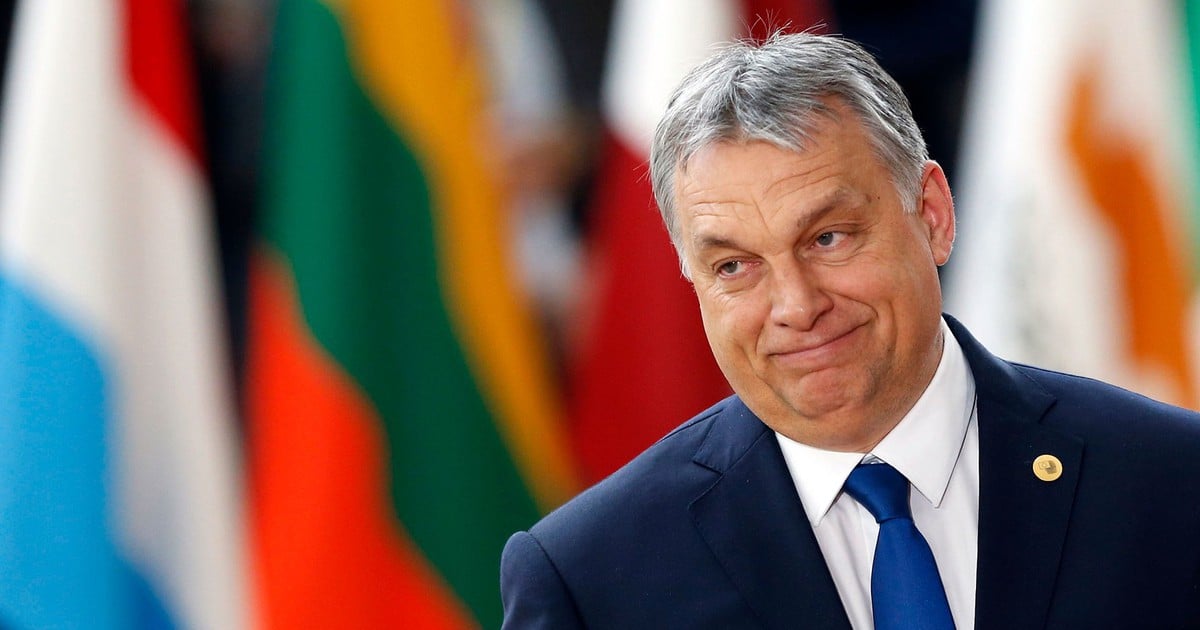

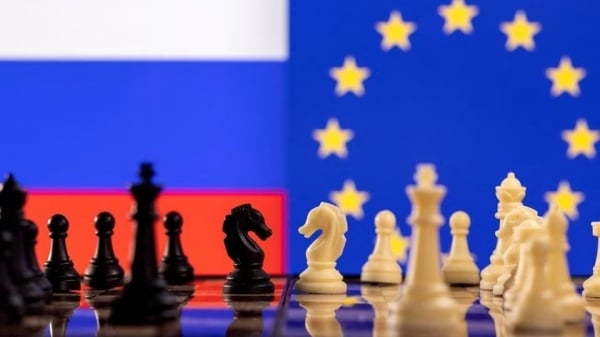
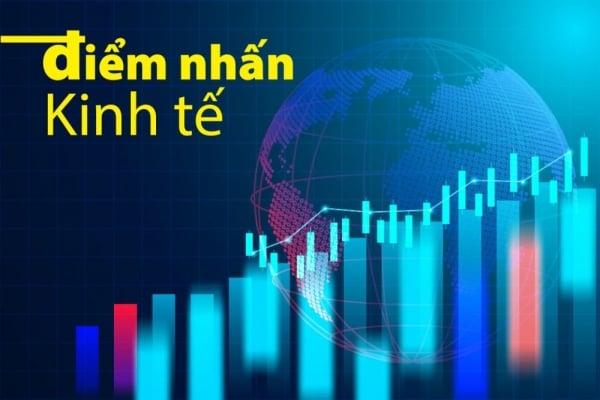
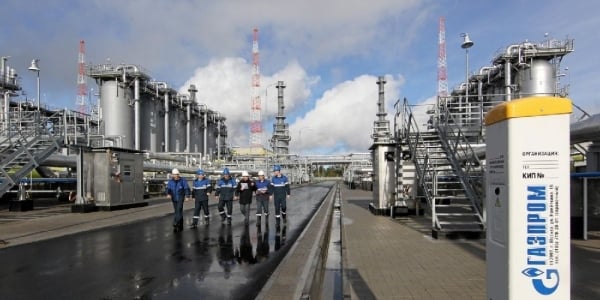
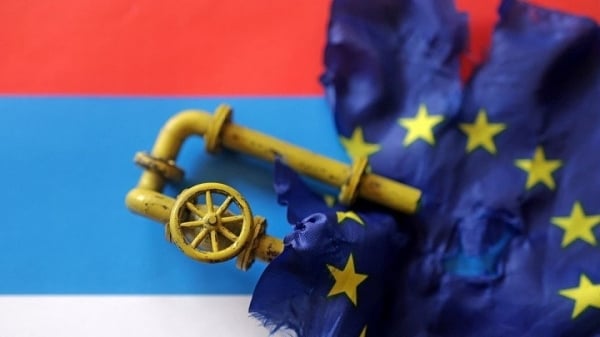
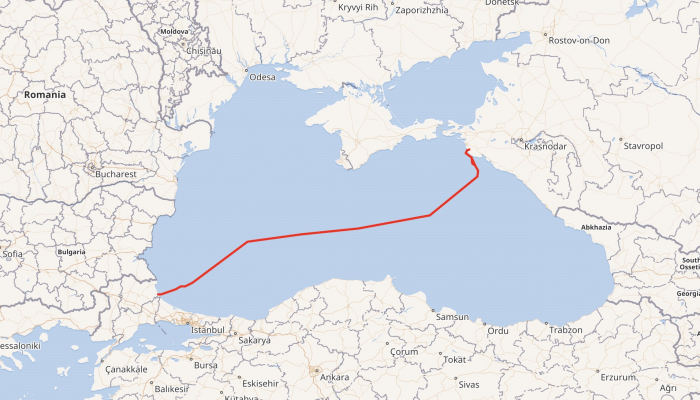

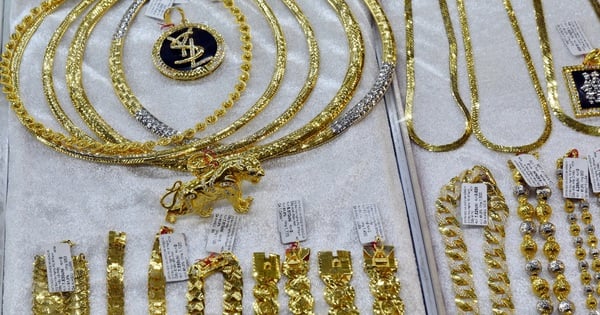

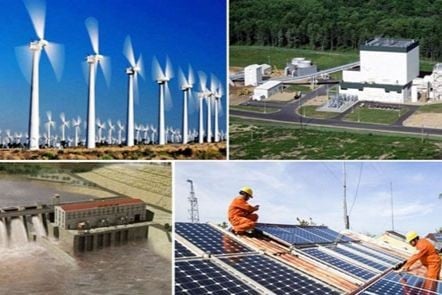

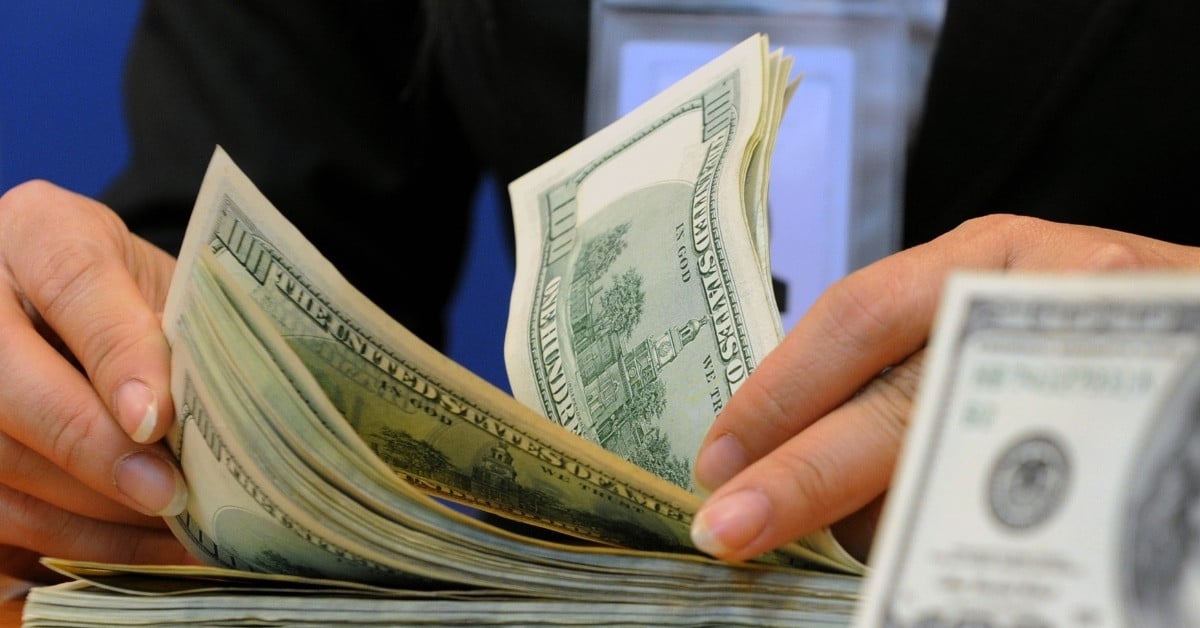



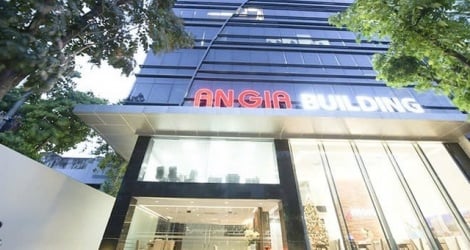

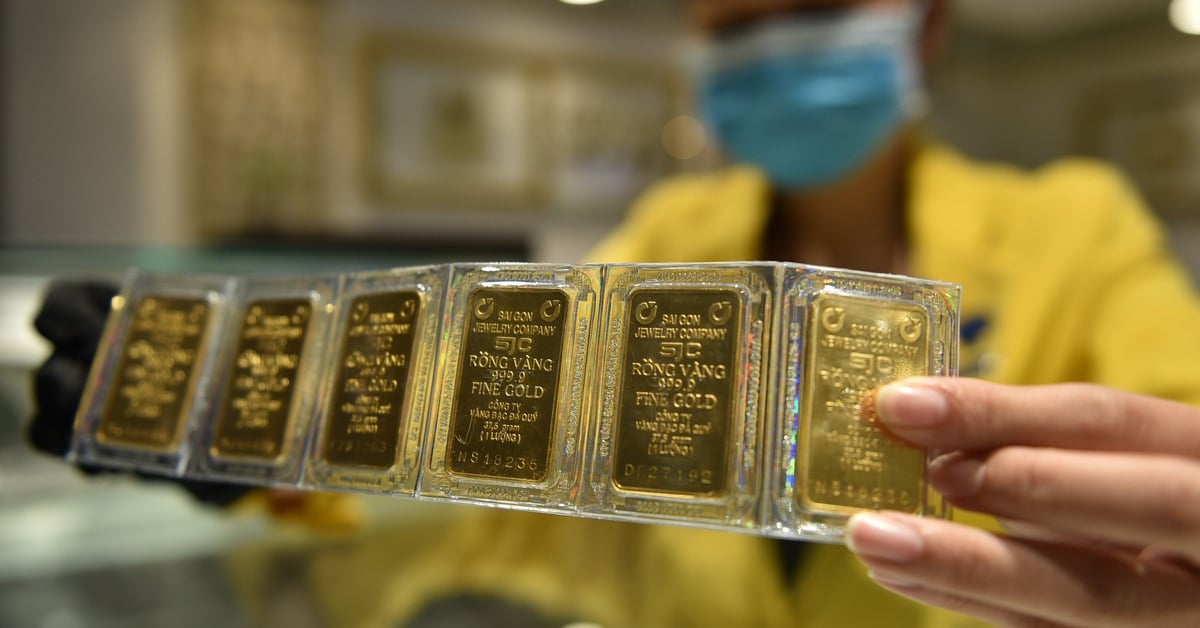
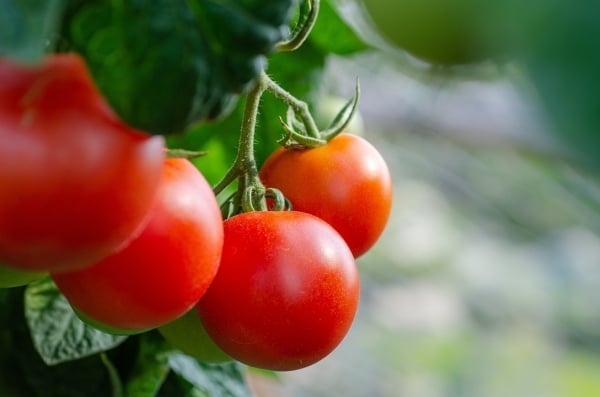

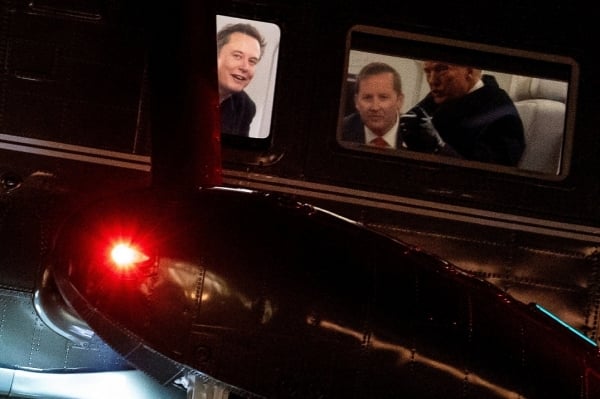


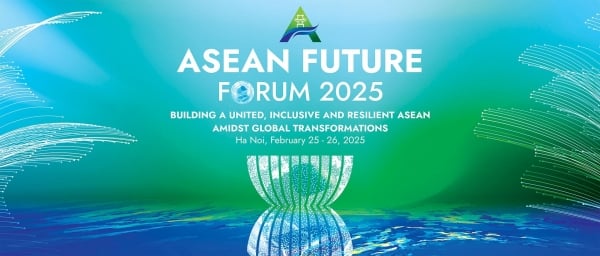







![[Photo] Prime Minister Pham Minh Chinh chairs Government Conference with localities on economic growth](https://vstatic.vietnam.vn/vietnam/resource/IMAGE/2025/2/21/f34583484f2643a2a2b72168a0d64baa)







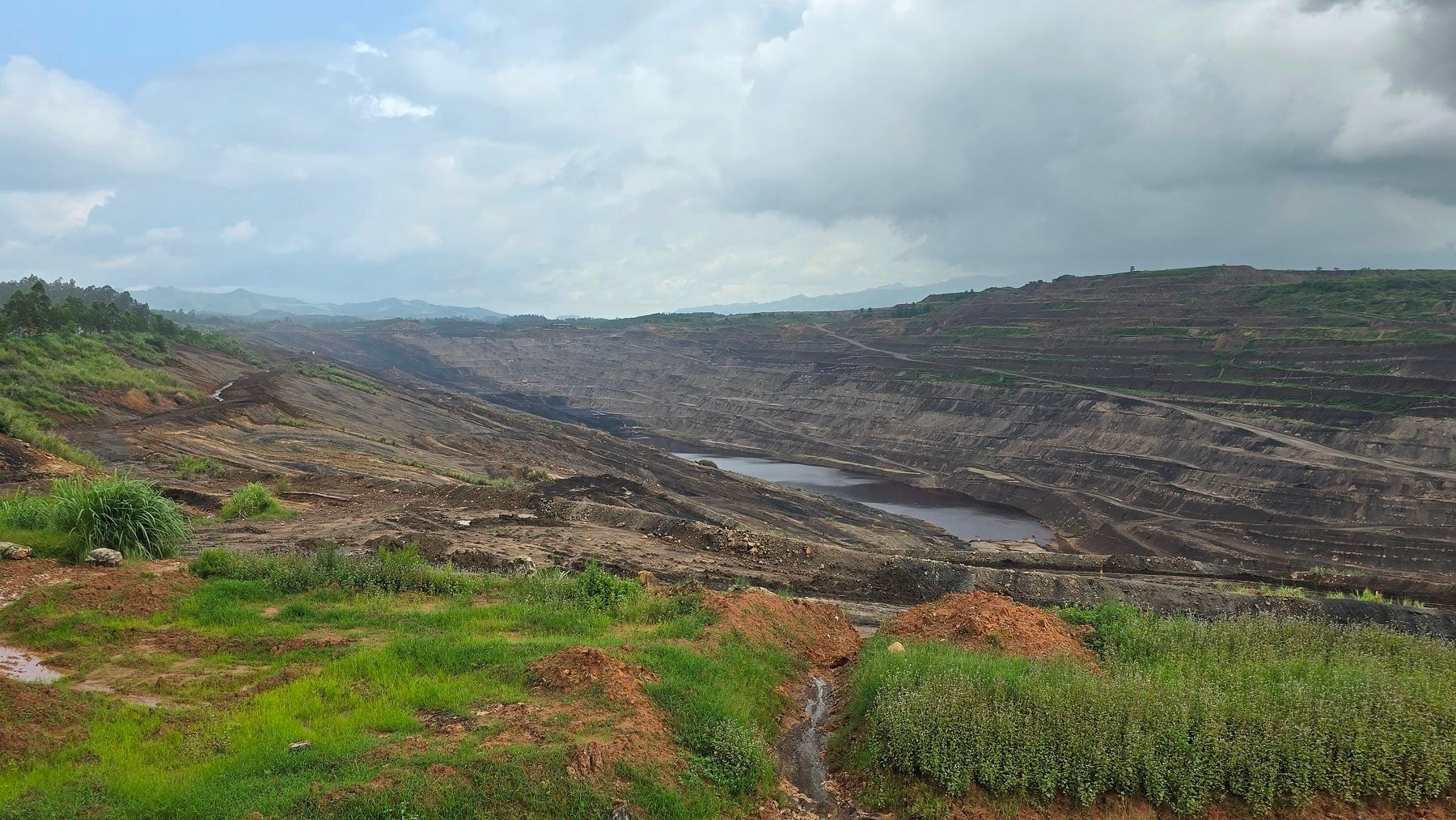




















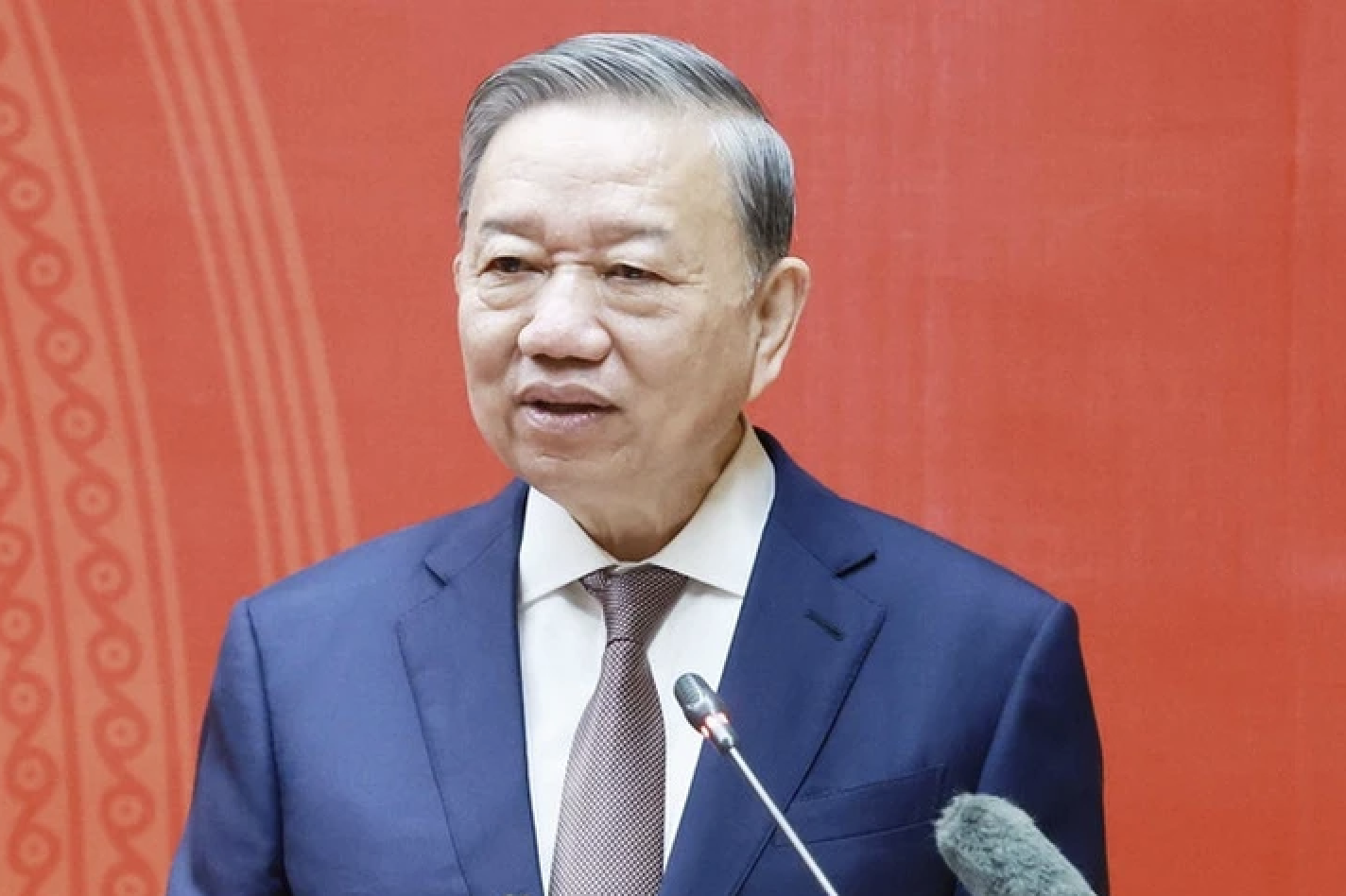
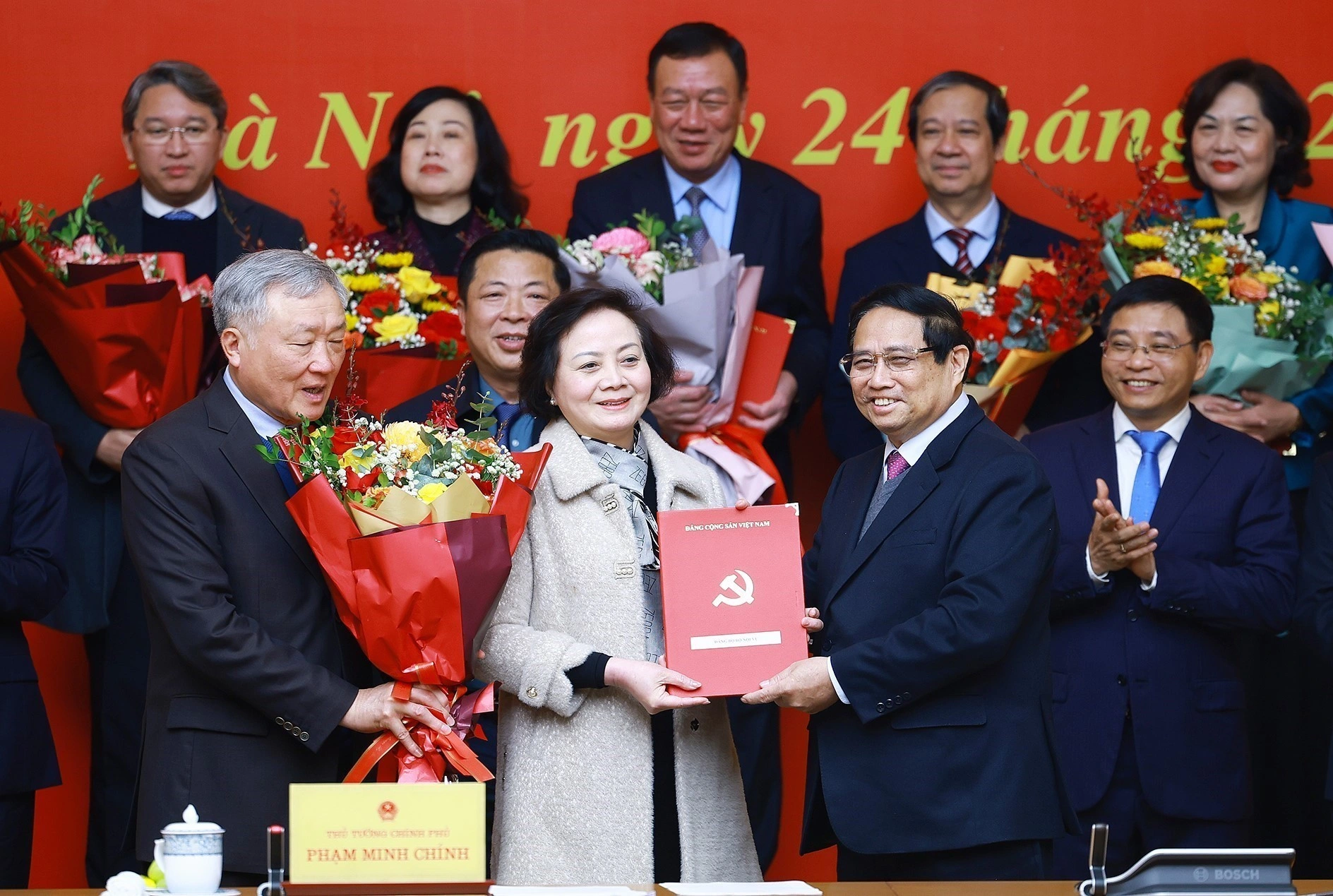
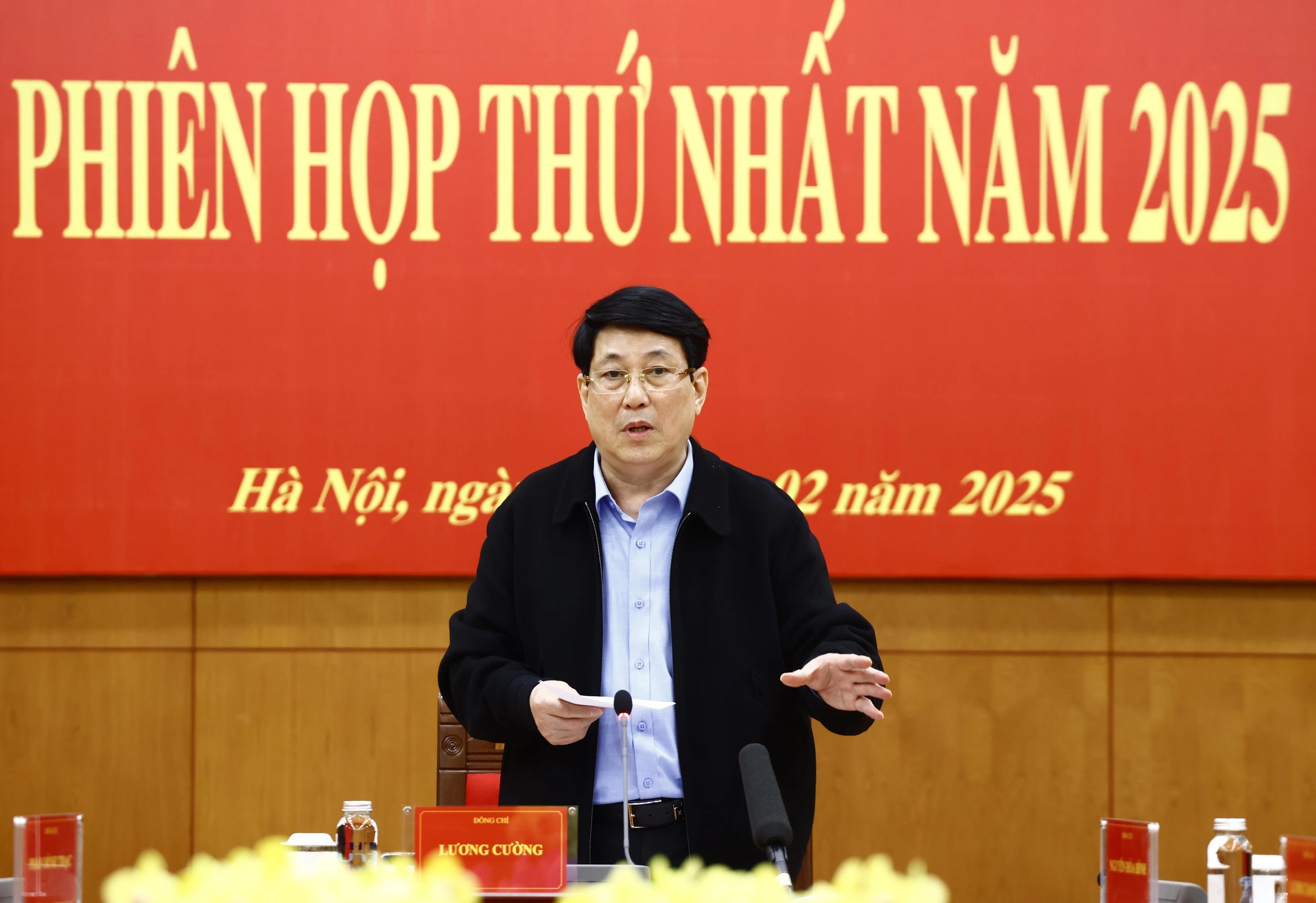























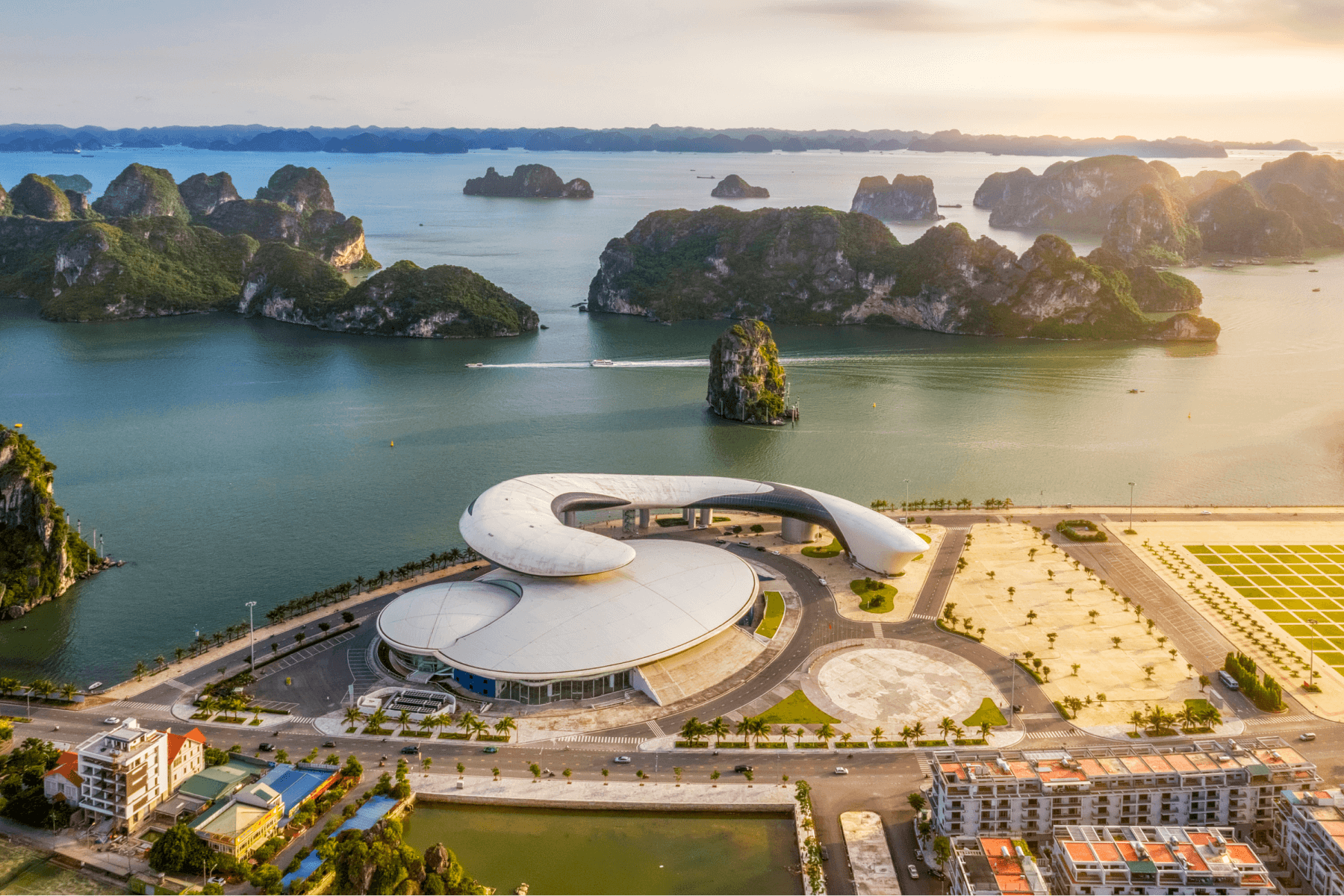

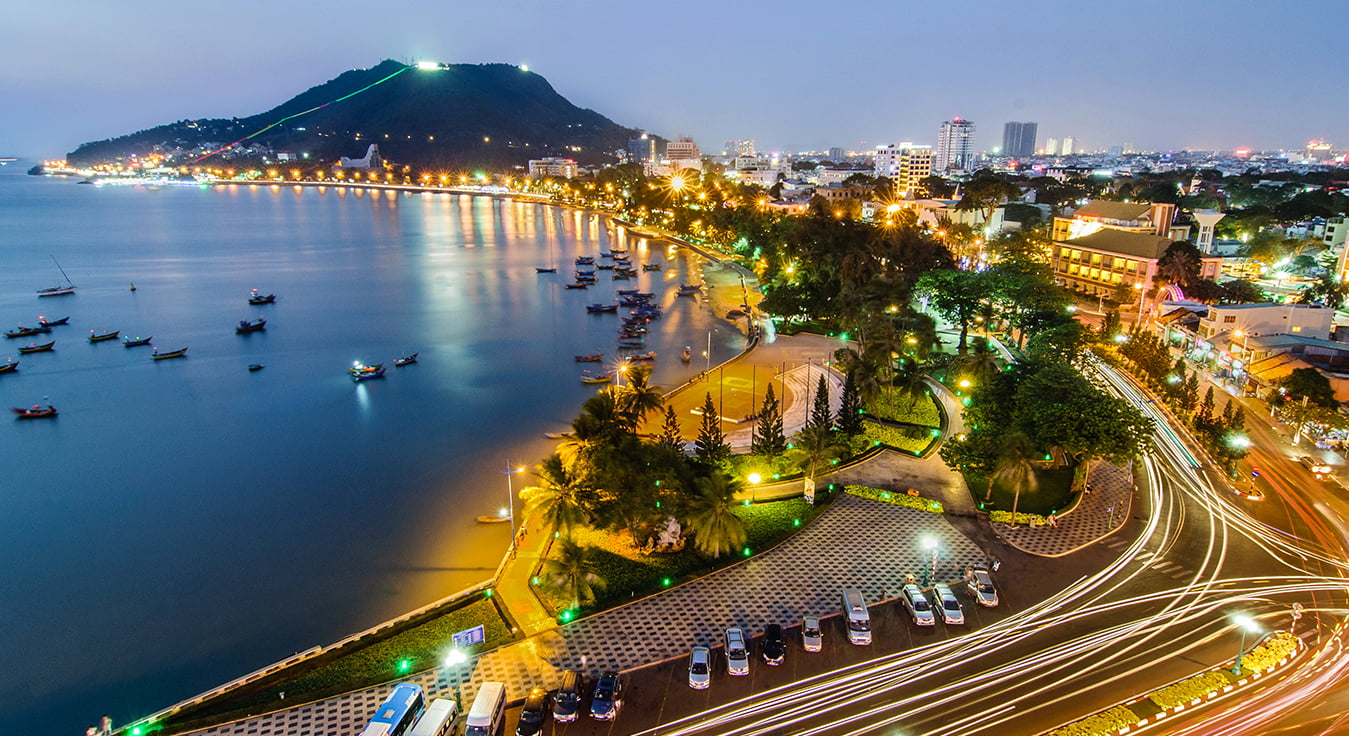
Comment (0)